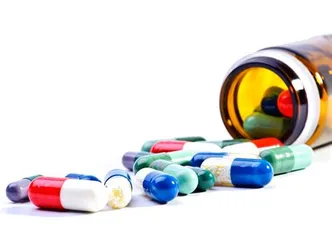Introduction to Biopharmaceutics.
Important Definitions.
Biopharmaceutics:
It is the branch of pharmacy that deals with the study of factors influencing the rate and amount of drug that reaches the systemic circulation and use of this information to optimize the therapeutic efficacy of the pharmaceutical products.
Absorption:
Movement of unchanged form of drug molecule from site of administration to the systemic circulation is called absorption.
3) Bioavailability:
Rate and extent of drug molecules reaching systemic circulation in intact form.
4) Drug Disposition:
Collective phenomenon of drug distribution and elimination of drug following absorption is called Drug Disposition.
5) Drug Distribution:
The movement of drug molecules across the body compartments (Blood and extravascular tissues) is called drug distribution.
6) Drug Elimination:
It is defined as the process of removal of drug from body termination of its action, it can be achieved by two processes as,
Biotransformation: Drug metabolism modification of drug action.
Excretion: Removal of drug molecule.
7) Pharmacodynamics:
Study of actions of drugs on the body simply means what drugs do to our body.
8) Pharmacokinetics:
Study of movement of drugs inside the body simply means what our body does to the drug.
Labels: Biopharmaceutics



<< Home